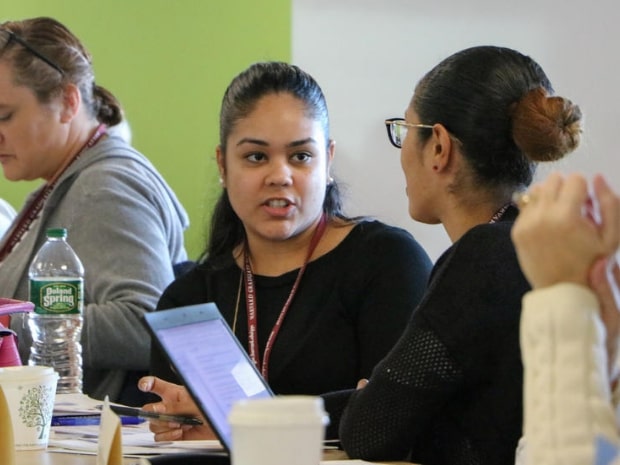Buffering Stress and Adversity Through Early Learning
Today’s children are facing stress and adversity at higher rates than children even 10 years ago; in the U.S., nearly 35 million children experience at least one type of adverse experience. At the same time, there are proven strategies to reducing the effects of early childhood stress and adversity, including high-quality early education. This online module focused on stress and adversity among today’s children, what this means for the early learning environment, how such environments can serve as a buffer to early adversity—and what this means for strategic decision-making in early education.
Throughout this two-week online program, participants learned the latest science describing today’s population of early learners, including their socio-demographics and early childhood stressors—and links between stressors and early learning and development.
Next, they explored today’s early childhood stressors in the context of the early learning environment and addressed questions like:
- What do these stressors look like?
- How do they shape children’s behavior?
- What does this mean for their educators and caregivers?
This online program helped participants understand the key features of the high-quality early learning environment, (routines, stimulating learning activities, and positive adult-child interactions and relationships) and how these features of the daily environment buffer children’s stress and promote early learning.
At the end of the online course, facilitators of this online course introduced actionable planning tools to support strategic decision-making for responding to today’s childhood stressors and their impact on the early learning environment.
